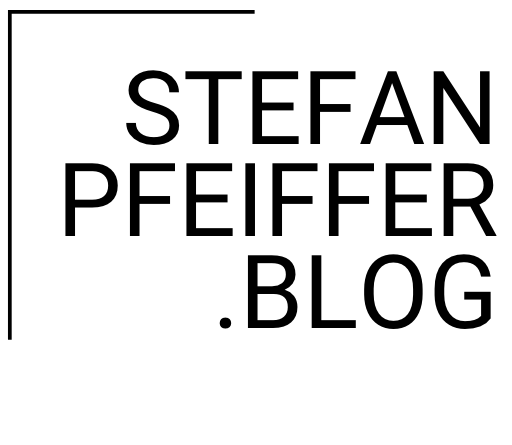A series of interesting findings from the recent Gartner Digital Workplace Summit:
Trying to force employees to switch from familiar consumer tools to new enterprise ones doesn’t work. So Gartner predicts “the blurring of the boundaries between personal productivity applications, content repositories, portals and collaboration.” …
… A new BYOA (bring your own app) movement is thriving: become part of the movement. Balance security concerns with employees’ productivity needs. …
… Modern IT workers need to change their traditional focus as digital machinists — people who concentrate on work processes, product features and coordinating tasks and activities — to become digital humanists — people who concentrate on work behavior, contextual relevance, volitional participation and experiences that create business value.
… the workplace will shift from a web-centric world to an app-centric world.
In this app-centric world, the following four types of apps will be used to increase productivity:
- business productivity — e.g. dashboards, business intelligence, note taking, and task management apps
- collaboration — e.g. document sharing and virtual meeting apps
- communications — e.g. chat, email and real-time messaging apps
- social networks apps
… Apps will emerge that will aggregate multiple information sources such as email, instant messaging, activity streams, calendars and contacts, social networks, content (e.g. documents), access to corporate repositories, business analytics and business apps. The benefits will be increased usability, accessibility to corporate systems, productivity and efficiency. …
… Context is the key to solving the inherent information overload problem brought on by the proliferation of information sources. …
Eventually context will be extended from a filtering mechanism to enable smart machines to take actions on our behalf.
via What Gartner Wants You to Know About the New Digital Workplace.


Kommentar verfassen